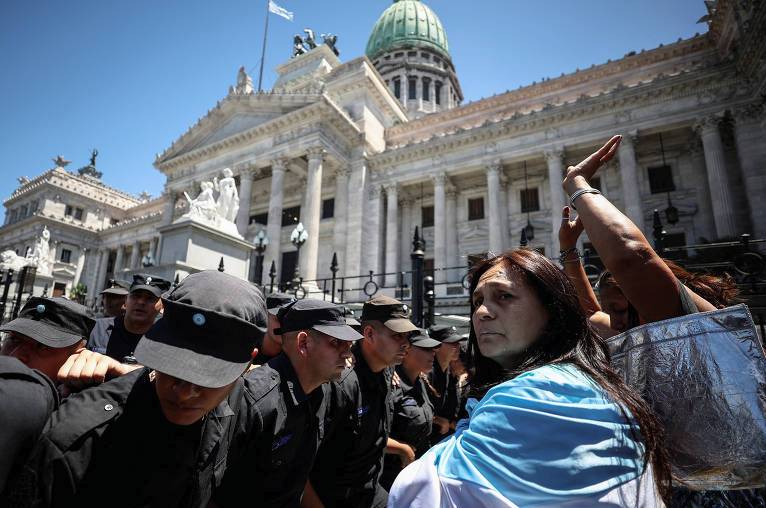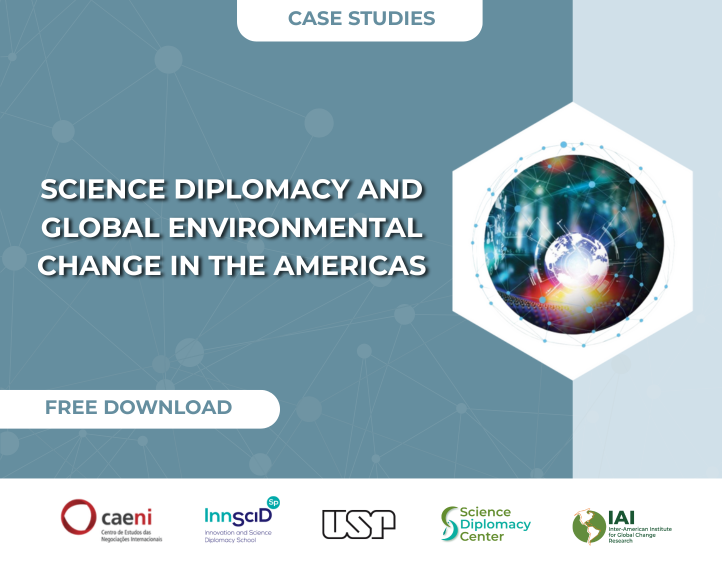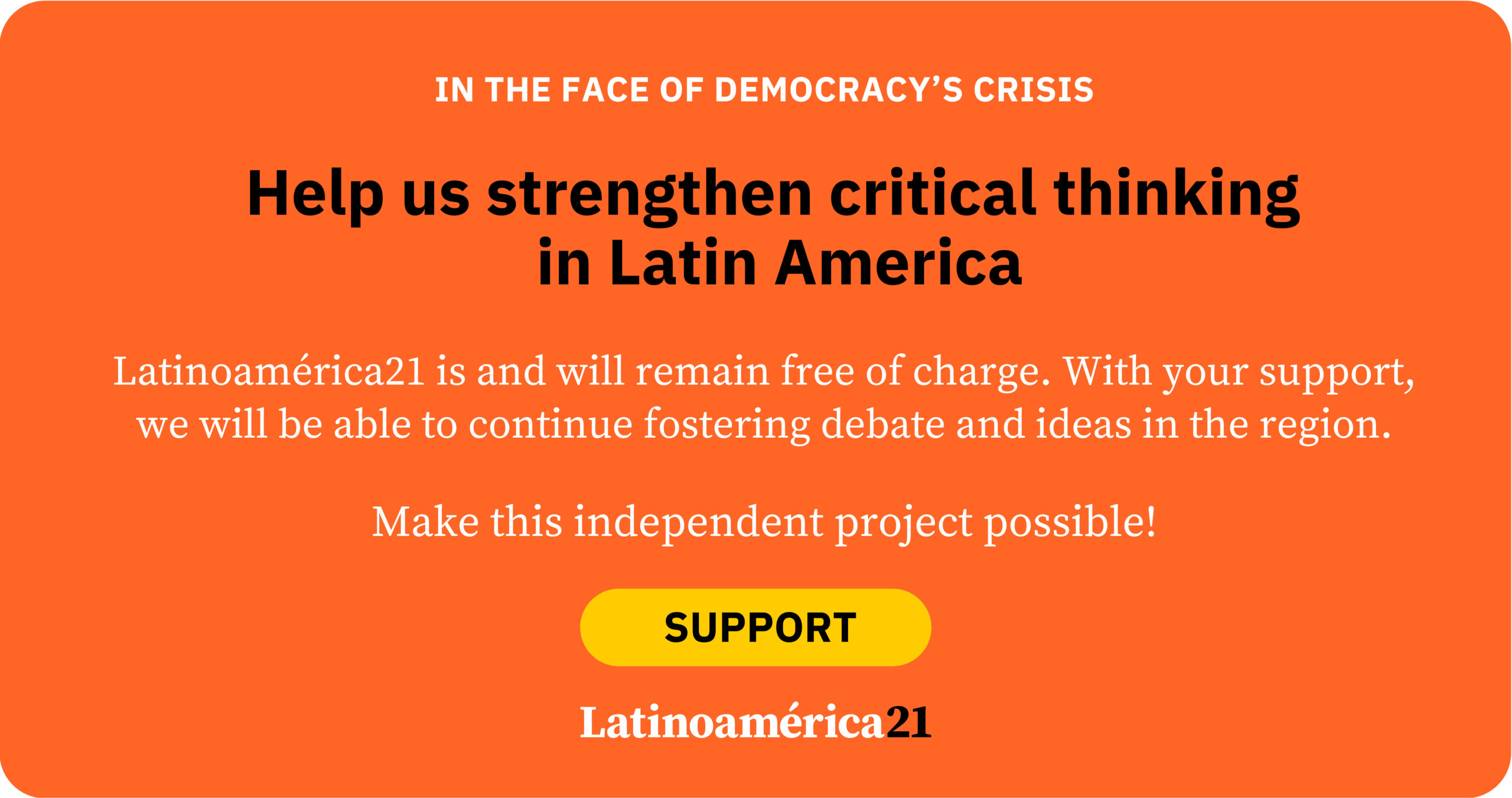We are facing the challenge of a new electoral year in Argentina. Indeed, thirteen provinces are holding national legislative elections, eleven of them will also have subnational and local elections, and two provinces —Corrientes and Santiago del Estero— will elect new executive leaders.
However, this prolonged electoral year coexists with growing concern about the trajectory of democracy in our country, which in the upcoming December will mark 42 years of institutional continuity, all while facing a deterioration of the political consensus that has supported it.
What is political consensus?
Every political consensus is based on some level of agreement regarding rules (formal or informal) and/or values. In the realm of values, we can identify the minimal existence of democratic consensus to the extent that it is possible to recognize at least two basic conditions: 1)The mutual recognition of political actors as adversaries and at the same time as legitimate interlocutors, and 2) the exclusion of physical and symbolic violence as a means to resolve political disputes.
The return of democracy in 1983 brought with it the emergence of a set of political practices more aligned with a consensual style: the bipartisan unity in response to the Easter military uprising in 1987, the agreements that enabled the 1994 constitutional reform, Eduardo Duhalde’s quasi-coalitional experience, and the formation of the Dialogue Roundtable sponsored by the Catholic Church during the 2001/2002 social crisis — these are emblematic examples of a greater inclination toward compromise, regardless of the value judgments that such “unity in diversity” initiatives may deserve.
The conflict between Cristina Fernández de Kirchner’s nascent government and agricultural organizations in early 2008 over “Resolution 125” marked a turning point. It reinstated a confrontational dynamic that had been largely abandoned since democracy’s return in 1983, transitioning politics from a space of compromise to an agonistic view: political competition was no longer between adversaries but between irreconcilable enemies (at times, though not entirely so).
This return to confrontation brought with it the emergence and propagation of expressions aimed at discrediting the adversary (now seen as a political enemy) and exacerbating (pre)existing societal divisions. During the Kirchner era, terms with questionable explanatory power but undeniable persuasive effect surfaced, such as the label “destituyente” (destabilizer), and the use of dehumanizing nicknames for political leaders or factions like “el gato” (the cat), “la yegua” (the mare), and the reappearance of the term “gorilas.”
Javier Milei and Cristina Fernández de Kirchner: Continuity or Change?
Javier Milei’s experience deepens the antagonism at the narrative level through expressions such as “la casta” (the caste) to refer to the political class and now also to independent media, “rats” to characterize various institutional actors, and “mandrills,” “econochantas” (phony economists), or “republican nerds” to describe those who voice dissent against official policies — whether in substance or form.
It is a weak government that simultaneously displays an unmistakable hegemonic ambition and a bifrontal president who has yet to resolve the tension between being a prophetic visionary and a pragmatic politician by trade: La Libertad Avanza, in confrontation mode.
This tendency toward confrontation may explain an unusual capacity for self-inflicted crises. While these have not yet undermined governability, they could do so if this pattern persists in less favorable contexts. In this climate, we might highlight President Milei’s speech at the Davos forum, the so-called “Cryptogate” episode, or the executive’s insistent push for the unviable nominations of Ariel Lijo and Manuel García Mansilla to the Supreme Court, to name just a few.
In conclusion
We are witnessing a political context marked by diminishing tolerance toward adversaries, a weakening of the consensus on excluding verbal and physical violence as political tools, and the perpetual return of “PRI-like fantasies” by successive ruling parties.
The continuity of political style and the change in the ideological content of public policy seem to symbolize the traits of these new/old times. As the recurring joke goes on the social network X (formerly Twitter), it doesn’t matter (from 2008 to today) when you write this.
*Machine translation proofread by Janaína da Silva.













